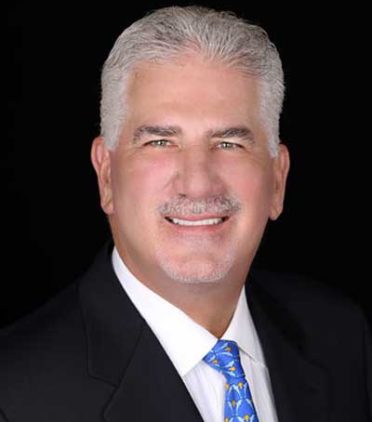Protection from COVID-19 in Schools & Workplaces

As an incident report mobile app, safety is of utmost importance to us – and with a new year ahead, we can’t discuss safety without talking about health in the time of a global pandemic.
In the past 10 months, we’ve seen a new standard when it comes to health and safety. With a global pandemic taking a role in almost every aspect of our lives, we’re bound to have some lasting changes in our homes and communities.
This begs the question: are there some pandemic practices we should keep when all this is over?
What Has a Global Pandemic Taught Us about Health & Safety?
When it comes to health and safety guidelines in our schools and workplaces, coronavirus has left us with some food for thought. All of the inconveniences associated with protection from COVID-19 have also kept us safe from other illnesses.
In September 2020, the Centers for Disease Control (CDC) reported that influenza cases were down by nearly 20 percent for the year, both in the United States and globally. If you have children, you might have noticed a decrease in the number of colds and stuffy noses you’ve dealt with this past school year. In Australia, RSV cases among children declined by 98% — an astounding accomplishment — all while children were attending school.
The reason: healthcare officials say it’s all due to safety measures enacted to slow the spread of coronavirus or COVID-19.
The Great Mask Debate
The great mask debate has been going on since March. Actually — it’s been going on much longer than that. During the Spanish Influenza pandemic in 1918, the same debate was raging across major cities in the U.S. While cities that adopted mask mandates saw a decrease in cases, the American Public Health Association found that “results were…contradictory.”
Sound familiar?
Looking at our contemporary pandemic, we’ve seen all sorts of arguments for and against masks. Research has shown that wearing a mask properly can lead to a threefold reduction in how much virus is spread into the air. That’s promising. Also, in the past year, several studies looking at the daily growth rate of cases slowed by nearly two percentage points after just three weeks following a mask mandate.
So why aren’t people wearing masks?
Well, a lot of it has to do with confusion. At the beginning of the pandemic in the U.S., the CDC and the World Health Organization (WHO) said that healthy people didn’t need to wear a mask. Many public officials did not wear masks, and most cities and states did not implement mask mandates — so it seemed unnecessary.
Another common reason is control. For so many people, it’s a physical demonstration that they’re desperate to move on from the pandemic. For others, they simply refuse to follow a mandate they deem unnecessary — they’re exercising their civil rights, they say.
There’s a deeper psychology behind it all, say mental health experts. Peer pressure plays a major factor. In a huge survey conducted by the New York Times, people who wore masks were clustered in geographical areas. It’s related to culture, the survey concluded. In places like Taiwan and Vietnam, where masks have been part of their culture for decades, adopting this practice during the pandemic has been easy. In places like the U.S. and Europe — not so much.
Another factor is how an individual judges risk. Face mask use is highest by people who live with or are around someone who is deemed high risk. For those who are not personally, or don’t know someone who is at risk, they see no need to don a mask.
If we can change our culture and perception of mask-wearing, we’re more likely to adopt the practice when it’s necessary (like during a global pandemic). But psychologists say this will take years, perhaps even a generation, before this could occur.
Sustaining New Habits for Health & Safety
There are a lot of other things we can do to help slow and prevent the spread of disease, even when it’s not coronavirus.
If you want to keep yourself and your family safe from the yearly flu virus and the sweep of colds in the winter, here are some COVID-19 habits you might want to keep forever:
- Hand sanitizer. Keep carrying it on your person. Keep giving anyone in your care a little squirt on their hands after being in public places. It’s such a quick and easy way to slow the spread of germs.
- Social distancing. When you are ill, be it flu, strep, or just a cold, stay away from other people. Stay home and keep others healthy!
- Wash your hands. This is similar to hand sanitizing, but now that we’ve all learned how to wash our hands properly, let’s not forget it! After you use the bathroom, wash properly. Wash your hands before you cook, before you eat, and when you get home from running errands.
- Clean and disinfect. All those high touch areas such as desks, handles, phones, keyboards, toilets, tables, etc. should have a daily cleaning. Keep disinfecting wipes at your desk and give it a good rub down every morning. Clean the door handles in your home.
We shouldn’t leave this pandemic the same people we were in February 2020. Hopefully, we’ve learned something about keeping ourselves, and our loved ones, free from disease.






















